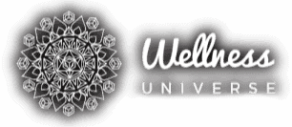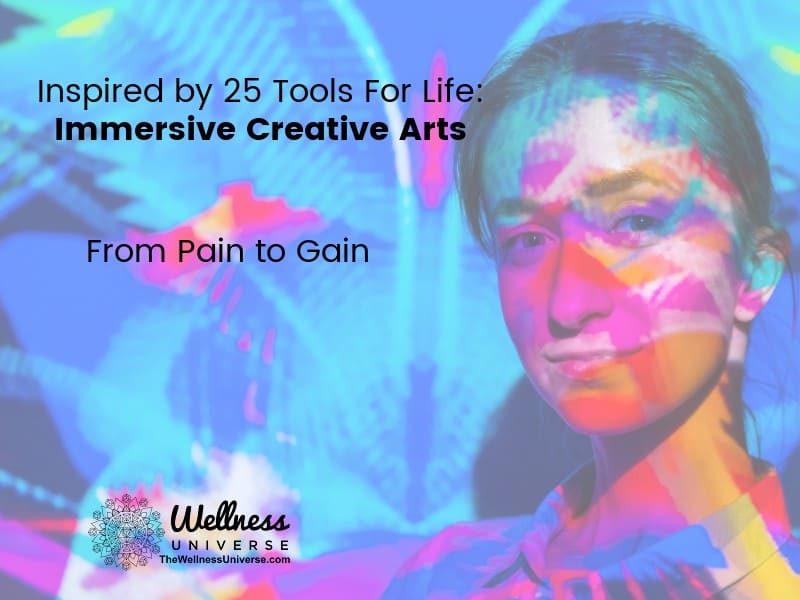As a Marriage and Family Therapist more than 40 years ago, I was invited to participate in a conference on Domestic Violence.
Without the internet and eager to network, I accepted. I knew little about Domestic Violence and had not encountered it as a therapist.
Pioneers in the Domestic Violence Awareness movement, such as Lenore Walker (author of Battered Women) and Dr. Daniel Sonkin, led the conference and later became my colleagues for two years on the California Marin County District Attorney’s Domestic Violence Council.
As I read and researched to prepare for the conference, I discovered I was an abused child and had grown up in a home filled with domestic violence. My father had not hit my stepmother, but he certainly physically abused my older sister and me, the daughters of his first marriage. I realized we’d been abused in every possible way, financially, sexually, physically, and psychologically.
I was stunned. How could I not know just how abusive my family was?
Societal concern about domestic violence was just getting started, so I hadn’t learned about it in graduate school, or in my therapist training. That was understandable. But how was it that I didn’t know something that important was amiss in my life? Why hadn’t I investigated myself?
Therein lies one of the deep problems with domestic violence, when you’re in it, it’s very difficult to realize you’re being treated in ways that no one has to endure. And it’s also extremely difficult to believe you can ever get out of it! Unless you can get a “bird’s eye view” on your own circumstances, it seems nearly impossible to actually see what is going on or to imagine escaping.
I discovered the concept of “Learned Helplessness.” “Learned helplessness is a phenomenon observed in both humans and other animals when they have been conditioned to expect pain, suffering, or discomfort without a way to escape it.” (Cherry, 2017)
Psychologist Martin Seligman developed this concept, resulting from his learning from a series of inhumane experiments on dogs. He placed dogs inside a metal, electrified cage. He applied shocks to the dogs which they could not escape. No matter what they did to attempt escape, it didn’t work. Eventually, they gave up and stopped trying. When the experiment was over, Seligman opened the door to the cage so the dog could leave. The dog would not leave, even after being taken out or seeing the open door, it remained in the cage. He called this “Learned Helplessness.” When there was no way to escape the pain, the dog gave up and became so helpless in its situation that it wouldn’t attempt or allow escape under any circumstances.
This is what happens with victims of domestic violence.
It explains why people who are being abused won’t leave their abuser. As a childhood victim of domestic violence, I could understand why I had stopped trying to stand up for myself and became compliant in my relationships. My sister had gone in the other direction, defying every abuse. Throughout our childhood I watched her get beating after beating for standing up. Wisely (at the time), I decided not to emulate her and became compliant, instead.
Simultaneously with developing my awareness of domestic violence, I also created my theory of manipulation. Every person is born manipulative—we have to be. Our little bodies and brains are not sufficiently developed for us to make our own way in life alone. We have needs that must be met, else we will die. We must recruit an “agent” to fulfill our needs. We attempt greater independence and self-direction starting at age two, proclaiming “Me do it myself!” If supported and encouraged, a child slowly develops greater independence, evolving into a manipulation-free individual by adulthood. Children need this support. They usually don’t get it.
Human beings are designed to outgrow manipulation by adulthood.
Look around you. See anyone who’s outgrown manipulation and operates by what they want instead of by what they need? Full adults operate on the basis of wants, knowing they’ll be okay if they don’t get their wants and needs filled by others. Manipulators don’t know this.
Since the 1980’s many theories and programs regarding domestic violence have created effective results. My theory is this one, not yet adopted: The true basis of domestic violence is that the parties involved are still being manipulative. Essentially, two people are together, each trying to get needs filled by the other person. Neither person is mature and remains very needy. Both expect their needs to be filled by the other person, who is too immature to even fill their own needs, a “no-win” situation. Frustration and anger result. Desperately needing others to fill their needs and believing themselves incapable, they lash out. They look like adults, yet emotionally they are still needy and frightened little children.
All of life is lived from the “inside out.” The only way for the dog to get out of the cage is to bring itself out of the cage and stay out. The same is true for people who are (or have been) domestic violence victims. The easiest, fastest way to get out and stay out is to change your own manipulative behavior patterns, meaning grow all the way up emotionally.
End Manipulation (more information on www.emotionalmasteryforlife.com) is my book, currently in publication. It outlines the entire process of human manipulation and shows people the way out, telling you what you need to do and how to do it to get out of your own cage and live a non-manipulative adult life. This blueprint brought me out, along with thousands I’ve taught to live empowered lives without toxicity or domestic violence.
No one needs to live an adult life that includes manipulation.
Now developing our energy nature, we humans need to end utilizing the energy of others to live our lives. Discover how to fill your own needs and live interdependently instead of dependently. The time has come.
– Ilene
Ilene Dillon is a featured author in The Wellness Universe Guide to Complete Self-Care, 25 Tools for Stress Relief. Learn more about this book by joining our Book Club.
All information, content, and material is for informational purposes only and is not intended to serve as a substitute for the consultation, diagnosis, and/or medical treatment of a qualified physician or healthcare provider. The information supplied through or on this page, or by any representative or agent of The Wellness Universe, is for informational purposes only and does not constitute medical, legal, or other professional advice. Health-related information provided through this website is not a substitute for medical advice and should not be used to diagnose or treat health problems or to prescribe any medical devices or other remedies. The Wellness Universe reserves the right to remove, edit, move or close any content item for any reason, including, but not limited to, comments that are in violation of the laws and regulations formed pursuant to the Federal Food, Drug, and Cosmetic Act. None of the posts and articles on The Wellness Universe page may be reprinted without express written permission.

The best books for your best life are The Wellness Universe Guide to Complete Self-Care series. Each filled with 25 tools for your best well-being shared by doctors, therapists, and coaches who believe in holistic, natural ways to be your healthiest and happiest you!
Join The Wellness Universe Book Club to connect with authors, ask questions, engage in wonderful, inspiring conversation, and more. Free to join!


Ilene Dillon, MSW, has dedicated her life to helping people resolve personal challenges once and for all, then design life to be what they want it to be. A Transformation Specialist, she has worked 50 years as a psychotherapist and 15 years as a coach. She is a global speaker, Amazon International Best-selling author (The Wellness Universe Guide to Complete Self-Care, Volumes 1 and 2), podcast guest, and plans to give her first TEDx speech (on Anger) later this year. Ilene is also the author of Emotions in Motion: Mastering Life’s Built-in Navigation System and End Manipulation: Stop Being Jerked Around by Toxic, Energy-draining People. With her little dog, Pi, Ilene lives and travels full-time throughout North America in her RV, writing, teaching, and speaking along the way.


